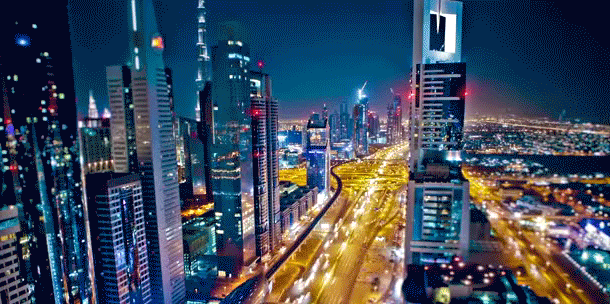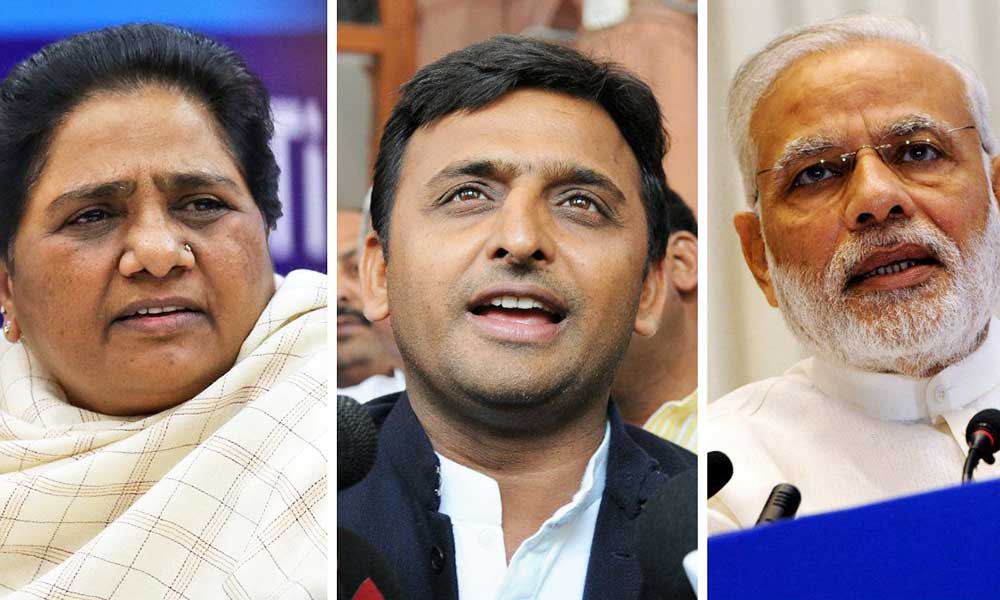Although it has not exactly reached a mainstream audience yet, more and more people are becoming aware of the metaverse. In fact, search results of the word “metaverse” on Google increased by 76 million in a span of five days, up from 164 million to 240 million. This shows how fast awareness about the metaverse is spreading.
Because most of this buzz can be attributed to Mark Zuckerberg’s enthusiasm about it—he actually changed Facebook’s official name to Meta—much is yet to be understood about the metaverse and its true potential.
Although the concept of Meta’s metaverse platform Horizons about sharing virtual worlds with each other is certainly revolutionary, it is but a small part of what the metaverse can actually do when developed right. Metaverse master Robert Rice, founder and CEO of AR/VR development firm Transmira, Inc., explains how to harness this true potential of the metaverse in his presentation at the recently concluded BSV Global Blockchain Convention held at the Grand Hyatt, Dubai.
Rice defines the metaverse as “the sum total of all the data and information and everything digital that surrounds us… But all this data together presented in a way that’s more immersive, more interactive, more visual and more tangible—whether it’s through augmented reality or virtual reality or something in the middle.”
“I think if you begin to think of things in this way as opposed to just some 3D fun virtual world off to the side, but really think of the metaverse as this whole encompassing thing, I think it makes it a lot easier to really understand and identify the sheer potential that the metaverse has and what we can do with it,” Rice added.

According to Rice, unleashing the maximum potential of the metaverse begins with location. Creating a metaverse composed of photo-realistic digital twins of cities and entire countries, instead of cartoonish versions is definitely the right way to do it. But it does not stop there; the metaverse has to be linked to the real world in order for countless executions to be developed and implemented.
For instance, someone from Europe logs into the metaverse and decides to tour Tokyo, one of the most colorful cities in the world. They can walk on the streets of Shibuya, a famous ward in Tokyo featured in many films, and even ride the Tokyo metro to go to the Nezu Museum to view pre-modern Japanese art. It is like touring Tokyo in real time.
Because users exist in the metaverse as holograms of themselves, they can communicate with friends they happen to see along the way. Users can even purchase souvenirs and other products and have them sent home. They can even collect coupons, 3D NFTs and other virtual goods that correspond to actual products in the real world. And it does not end with shopping, tourism and advertising alone.
“Imagine if we had a 3D digital twin of, say, an oil rig out in the ocean somewhere, and you were in charge. And you needed to go and check in on things. Sure, you could fly out there in a helicopter, but what if you could log in to the digital twin and roam around and see things and click on and touch different pieces of machinery, and get the maintenance records and get the history, and get its current level of efficiency, or maybe you want to check the safety record somewhere,” Rice revealed.
This is all possible with a metaverse that can cross over to the real world. But building this kind of metaverse that encompasses all industries entails a technology that can handle a huge amount of data to start with and the more massive amount of data that it will generate as it accumulates users. A scalable blockchain that is efficient, secure and affordable completes the trifecta that will bring out the true potential of the metaverse.




